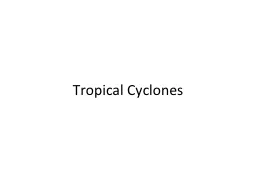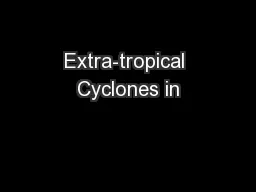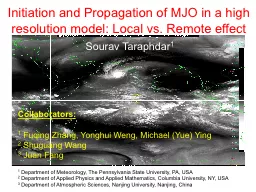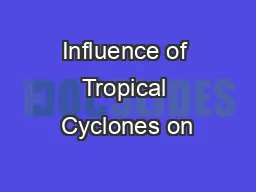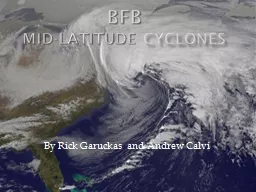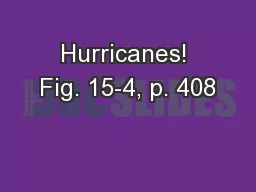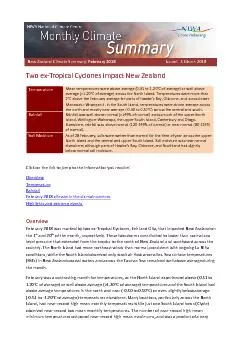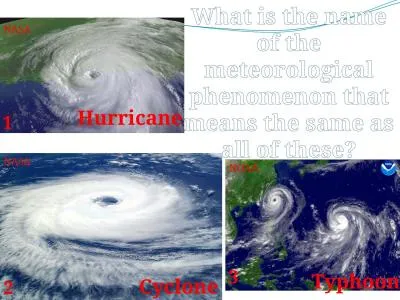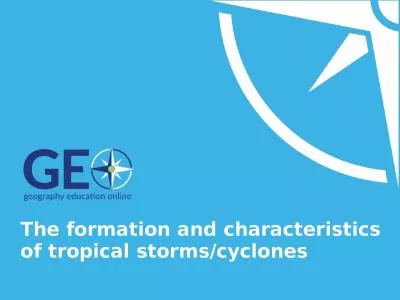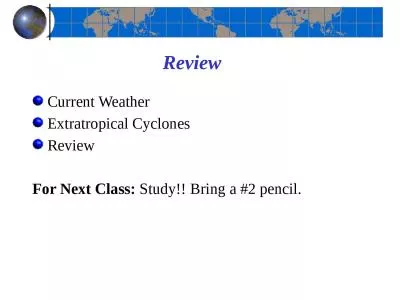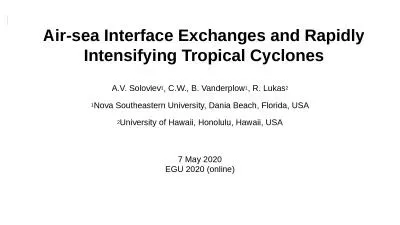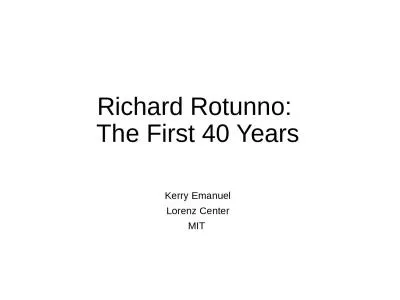PPT-Tropical Cyclones 3D Structure
Author : blackwidownissan | Published Date : 2020-06-17
Lets Talk Genesis Review Nolan Rappin and Emanuel 2007 Khairoutdinov and Emanuel 2013 Zhuo Held and Garner 2014 TC genesis can occur on fplane without
Presentation Embed Code
Download Presentation
Download Presentation The PPT/PDF document "Tropical Cyclones 3D Structure" is the property of its rightful owner. Permission is granted to download and print the materials on this website for personal, non-commercial use only, and to display it on your personal computer provided you do not modify the materials and that you retain all copyright notices contained in the materials. By downloading content from our website, you accept the terms of this agreement.
Tropical Cyclones 3D Structure: Transcript
Download Rules Of Document
"Tropical Cyclones 3D Structure"The content belongs to its owner. You may download and print it for personal use, without modification, and keep all copyright notices. By downloading, you agree to these terms.
Related Documents

